Alaska

The opportunities to explore and learn in Alaska are numerous. To start, abundant natural resources to consider, glaciers to examine, wildlife to categorize, and the impact of its geographic location to study are just a beginning.
Kids have a hard time knowing where Alaska really is since all the U.S. maps they see move it around the edges wherever the map maker can fit it in. Looking at it on a globe quickly shows its strategic business and military location.
The world first heard about this land up near the arctic circle when English Captain James Cook on his third voyage of discovery in 1778 first explored it. Looking for a Northwest passage, Cook sailed up and around until winter forced him south. It is estimated there were 3,000-5,000 indigenous inhabitants living there at the time called the Dena’inas. Today, 1,500-2,000 Dena’inas reside in Southcentral Alaska.
While Vitus Bering, working for the Russians, first sighted the Alaska mainland in 1741 and hunters began taking furs, a Russian settlement did not get launched until 1784. For the next 80 some years Russia would control the trade and culturally influence the area. It made sense for the Russians since at the narrowest point it is only 55 miles between mainland Russia and Alaska.
If you want to teach your child about real estate deals, this one is probably second best to only the the Louisiana Purchase. In 1867 a nearly bankrupted Russia sold Alaska to the U.S. for $7.2 million dollars or a mere two cents per acre. At the time the U.S, was also broke having just concluded the Civil War. The purchase was referred to as Seward’s folly after Secretary of State William Seward, who had negotiated the purchase.
Sarcasm quickly gave way to accolades when large deposits of gold were discovered. To date over 32 million ounces of gold have been mined worth over $12.5 billion. Even more valuable is the black gold that was discovered and has been pumped south via the Alaska pipeline since 1977. More than 16 billion barrels of oil have been pumped requiring more than 12,000 tanker trips to ship the oil to the lower 48 States. Alaska is mineral rich. Any trip to Alaska should include a quick review of all the resources still being mined or processed in the State.
Alaska’s is an outdoors-man dream retreat. World famous for its salmon fishing, commercial fishermen process over 220 million salmon annually. Anglers looking for an adventure have to choose from 3,000 rivers, 3 million lakes and 6,640 miles of coastline, as well as whether they want to fish for Pacific salmon, steelheads, trout, halibut, northern pike, grayling, char or arctic tarpon. Knowing when the various salmon runs take place and where will also dictate trip planning. During the summer look for a few of the 10,000 humpback whales that annually migrate to Alaska from Hawaii.
While fishing, it will be impossible to ignore the other wildlife. Alaska is home to 98% of the U.S. brown bear population with over 30,000, many of them the famous grizzly. There are also over 100,000 black bears. Bears love to eat salmon, so expect to see them “fishing” nearby.
Alaska also has the largest population of bald eagles in North America. These magnificent creature can have a wingspan of up to 7.5 feet and weigh between 8 to 14 pounds.
You will also come across moose, caribou, dall sheep, and mountain goats.
On the water you can enjoy a host of other creatures including Beluga whales, Orca whales, dolphins, sea otters and more.
Alaska is also susceptible to natural disasters. It is a great place to teach your child about earthquakes and volcanoes. Alaska experiences roughly 100 earthquakes a day, almost all so small few realize it but in 1964 South Central Alaska suffered a 9.2 megathrust earthquake causing extensive damage to Anchorage, Valdez, Seward and Kodiak. Alaska has potentially 80 active volcanoes, about half of which having experienced at least one eruption since 1790. Pavlof has been erupting in a monor way since May 2013.
Treat Alaska as a science class and enrich your child’s education. Most people visit in the summer when daylight can be 20 hours long, but going in the spring offers the opportunity to witness the Ididarod dog sled race from Anchorage to Nome (over 1,000 miles), glacier blue ice on the mountains and a winter wonderland.



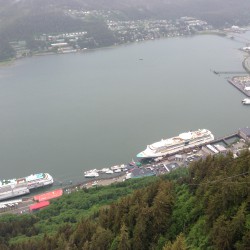
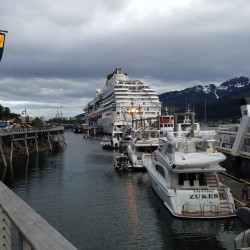
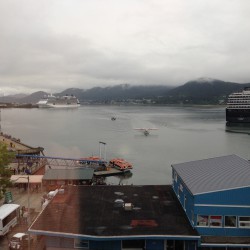











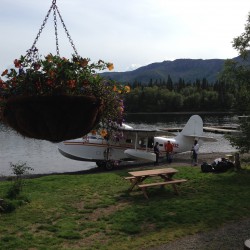



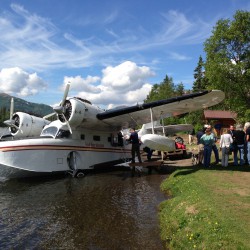
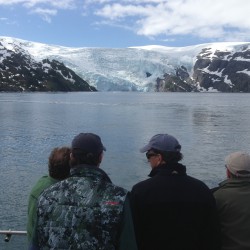
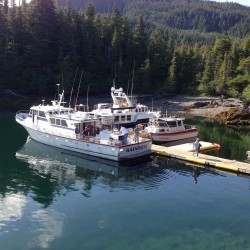
 Alaska: A Novel
Alaska: A Novel
 Captain James Cook: A Biography
Captain James Cook: A Biography
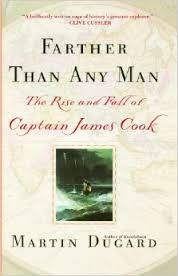 Farther Than Any Man: The Rise and Fall of Captain James Cook
Farther Than Any Man: The Rise and Fall of Captain James Cook
